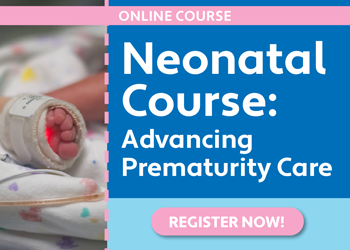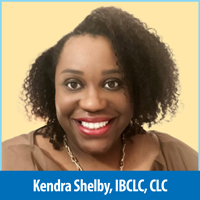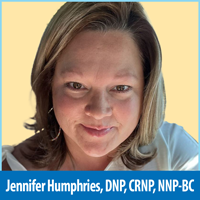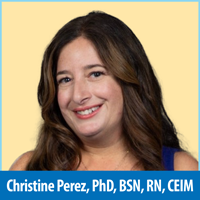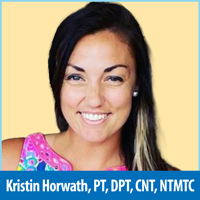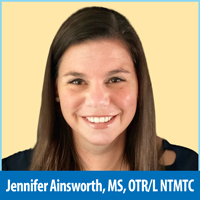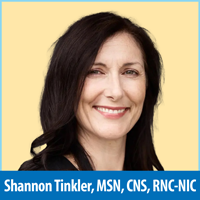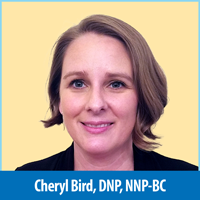Primary Principles of Neonatal Pain
- Regardless of past assumptions, neonates feel pain.
- Assessment of severity and the effects of analgesia can be measured in the neonate.
- Neonatal morbidity may be increased by prolonged or severe pain.
Pain Measurement in Neonates
- Reliable and validated pain scales.
- How do we measure pain in a neonate
- Physiologic measurements (vital signs, clinical signs, serum samples)
- Behavioral measurements
Developmental Consequences of Pain
- Physiologic development
- Anatomic Development
- Neurodevelopment
Pharmacologic Regimens for Pain
- Choosing effective and safe analgesics
- Drug doses appropriate for age and gestation
- Known Pharmacokinetics
Non-Pharmacological Treatment for Pain
- Avoiding or minimizing painful or stressful procedures
- Swaddling during procedures or stressful events
- Skin to Skin
- Nonnutritive sucking
- Oral Sucrose
Effectiveness of Pain Management
- Reassess pain
- Document the effectiveness of pain relief
Neonatal Withdrawal
- Neonatal opioid withdrawal syndrome (NOWS)
- Neonatal abstinence syndrome (NAS)
Education Component for Providers and Families
- Written guidelines and protocols for the management of pain in neonates
- Healthcare providers have the responsibility to identify, prevent, and manage pain in neonates.
- Sedation is not a pain relief and could mask the ability to respond to painful stimuli.
Limitations of the Research and Potential Risks
- Limited studies on pain management in neonates
- Barriers related to multiple reasons (fear of use, misconceptions of pain in a neonate, long-term effects of analgesic use, etc.)

